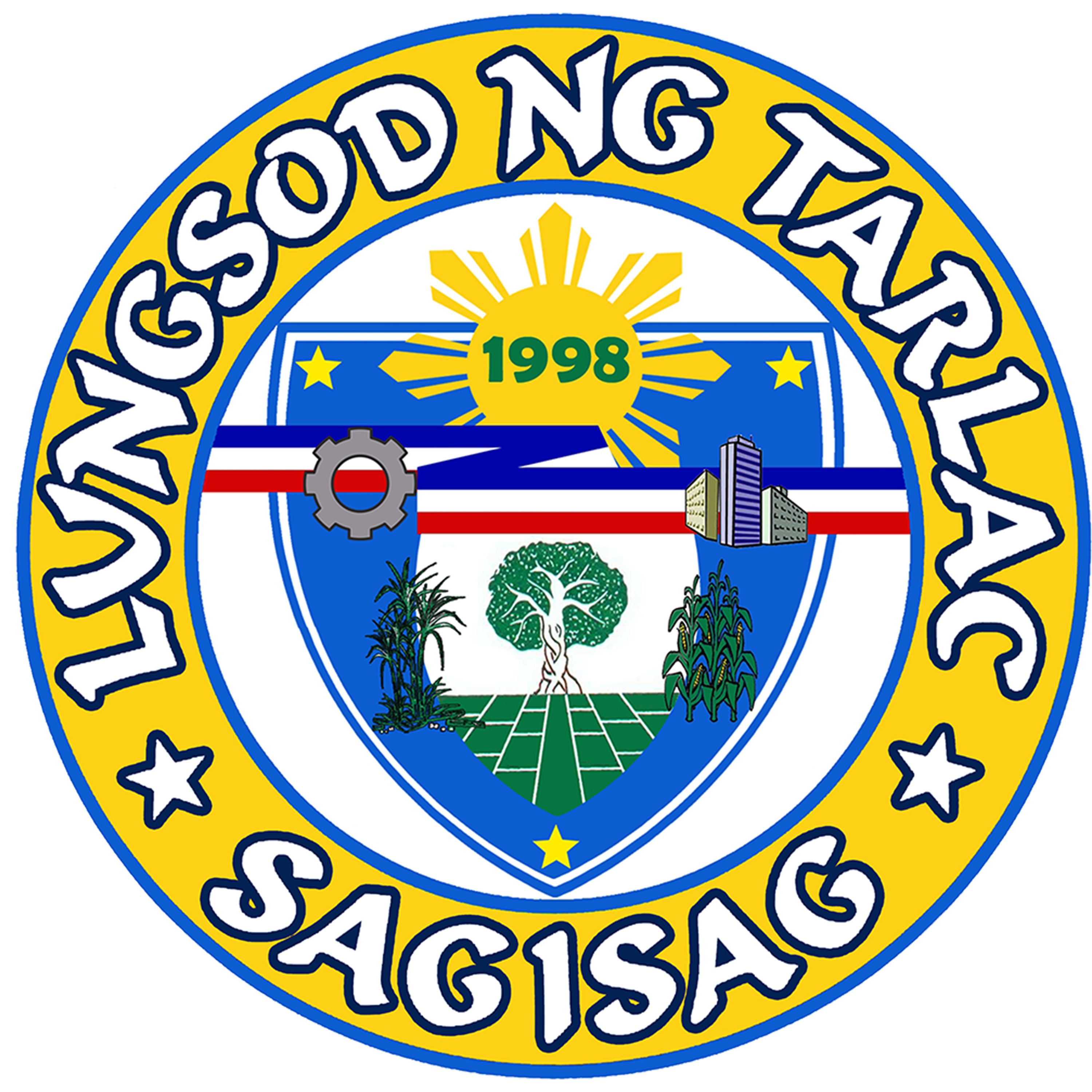
BARANGAY SALAPUNGAN HISTORY
Barangay Salapungan is also part of the North District Division of Barangays in Tarlac City. Barangay Aguso bound it on the North, Barangay San Isidro on the West, and Barangay Sepung Calzada on the South and Barangay Tariji on the East.
It is approximately 2.7 kilometers away from city proper. It has a total land area of 74.63 hectares and it designated to a residential and industrial area.
Barangay Salapungan classified as Rural Barangay, it has a total population of one thousand five hundred two (1,502) as of 2005, and a household population of three hundred twenty seven (327).
Barangay Salapungan was more on commercial area. Residents of this barangay acquire their needs on different kinds of businesses such as sari sari store, pottery, gardening, canteen and many more. Mostly residents of this barangay were employees, labores, construction workers, drivers and so on. Other business firms situated here were Villa Soliman Subdivision and so on.
Barangay Salapungan before is Sitio of Sepung Calzada since 1972. Salapungan was Kapampangan word, which means “Sanga-sangang daan” in Tagalog, or intersection. Salapungan was located along the highway, the straight road going to Aguso and right road going to Victoria, and the left road going to Sepung Calzada if you are coming from Tarlac City going to North.
The residents here decided to name it “Salapungan” Pampago word “Salasalapung or Salasalubong la ring dalan” because of its location along the highway taking three roads going to different places. Mostly 90% of the residents here speak Pampango and 10% speaks other dialects.
The first settlers in this barangay are Catu, Bulatao, Guinto and Calma family.
Hundred percent of the total populations are Pampango.
Barangay Salapungan celebrates their feast day every first Sunday of February as a thanksgiving to the Patron Saint Paul. . St. Paul In his zeal for the Jewish law, which he believed to be the divine Cause of God, he became a violent persecutor of the Christians. He was one of those who combined to murder Saint Stephen, and then he presided in the violent persecution of the faithful which followed the holy deacon’s martyrdom.
